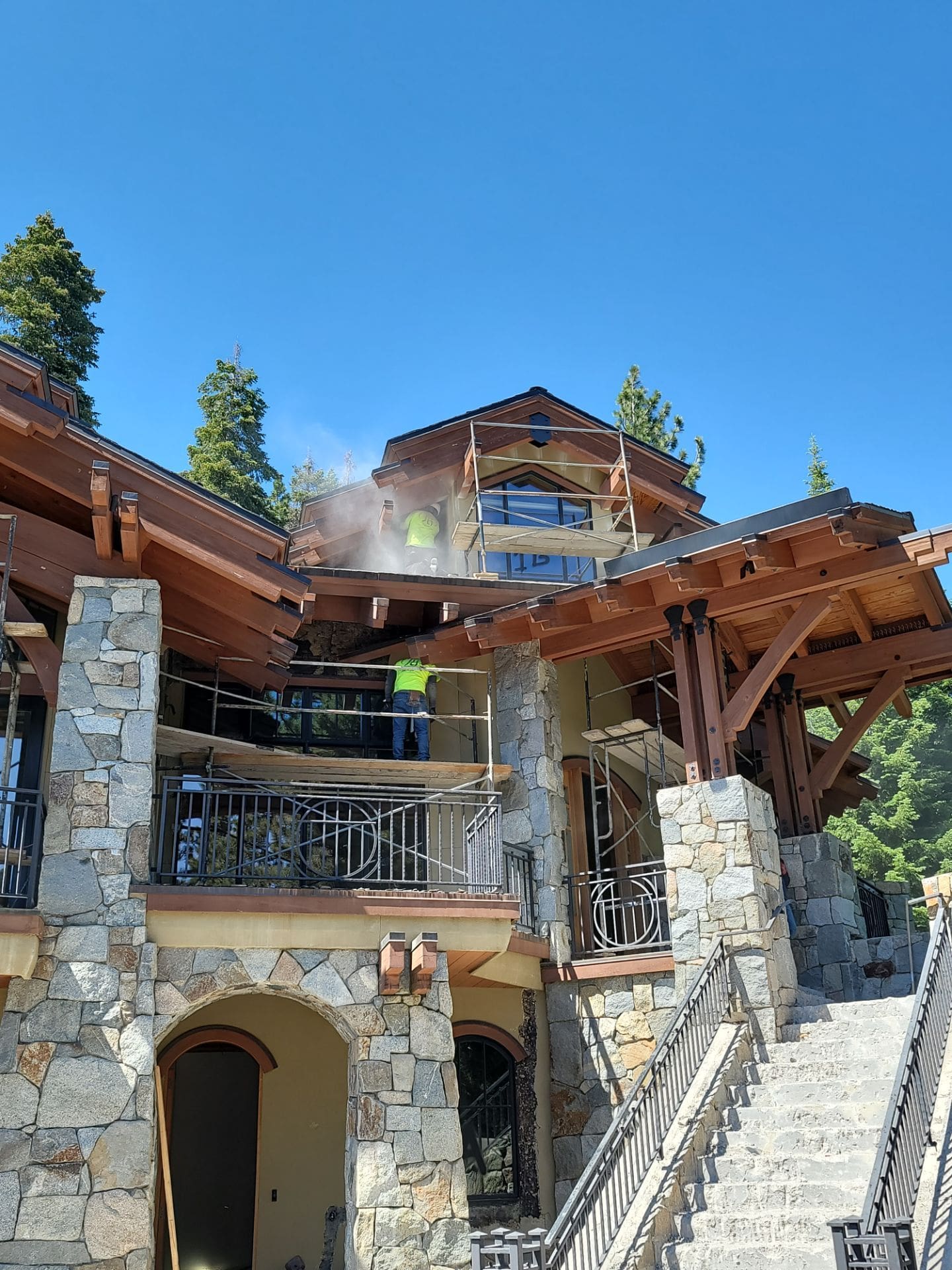
Mold is an insidious problem for homeowners, often growing unseen until it becomes a costly and potentially hazardous issue. More than just an aesthetic blight, mold can compromise the structural integrity of a home and trigger serious health issues, particularly for individuals with allergies, asthma, or compromised immune systems. As a fungus, mold reproduces by releasing lightweight spores into the air. These spores are everywhere, both indoors and outdoors, but they only settle and begin to grow when they find three essential ingredients: a food source (like wood, drywall, or fabric), favorable temperatures (generally above 40°F), and, most critically, moisture. The presence of excess moisture is the single factor homeowners can control, and understanding its sources is the key to prevention.
The battle against residential mold remediation loomis is fundamentally a battle against unchecked moisture. Most mold problems are not sudden occurrences; they are the result of chronic, low-level water issues that go unnoticed over time. Identifying and eliminating these moisture sources is the most effective way to protect your home and your family’s health from this pervasive problem.
The Silent Culprit: Plumbing Leaks and Water Damage
One of the most common and destructive causes of mold growth is hidden plumbing leaks. A burst pipe is an obvious disaster, but it is the slow, continuous drip inside a wall or under a floor that poses the greatest long-term mold risk. These leaks often go undetected for weeks or months, turning drywall, insulation, and wood framing into a thriving mold colony.
Small leaks can originate from supply lines, drainage pipes, or even the connections to appliances like dishwashers and washing machines. Areas around the kitchen sink and bathroom vanity are particularly susceptible. The water saturates the porous building materials, creating the ideal, dark, moist environment mold spores need. Prevention requires vigilance: regularly inspect exposed pipes and connections for signs of moisture, such as discoloration, peeling paint, or a persistent musty odor. If you notice a sudden, unexplained spike in your water bill, it is a strong indicator of a hidden leak that must be investigated and repaired immediately.
The Condensation Trap: Humidity and Poor Ventilation
Beyond direct water leaks, the number one driver of mold growth is high indoor humidity and the resulting condensation. When warm, moist air meets a cold surface—like a windowpane, an external wall, or cold plumbing—it creates condensation. If this water is not allowed to dry quickly, it becomes a food source for mold.
Areas with naturally high moisture generation—bathrooms, kitchens, and laundry rooms—are primary targets. A long, hot shower can saturate the air, and without adequate ventilation, that moisture settles everywhere. This is why bathroom ceilings, corners, and window sills are frequent mold sites. Prevention strategies here are straightforward and critical:
- Use Exhaust Fans: Always run exhaust fans in bathrooms for at least 30 minutes after showering or bathing to completely vent moist air outside. Ensure your kitchen fan is vented outside, not just recirculating air within the room.
- Control Humidity: Use a dehumidifier in basements and other damp areas to maintain indoor humidity levels below 50 percent, ideally between 30 and 50 percent. This causes an unfriendly atmosphere to mold spores.
- Insulation: Properly insulating cold surfaces, especially water pipes and exterior walls, helps raise the surface temperature, preventing condensation from forming in the first place.
Conclusion: Maintenance is the Ultimate Prevention
Mold is a biological inevitability in an environment that meets its needs. Since you cannot eliminate its food source (your home) or the temperature conditions, the control of moisture is the singular focus of prevention. Protecting your home from mold requires a comprehensive, proactive strategy that combines consistent vigilance against hidden leaks, rigorous control of indoor humidity through ventilation and dehumidification, and careful maintenance of your home’s exterior envelope. By making the effort to ensure your home stays dry, you safeguard not only the structural integrity of your investment but also the health and comfort of everyone living within its walls.
